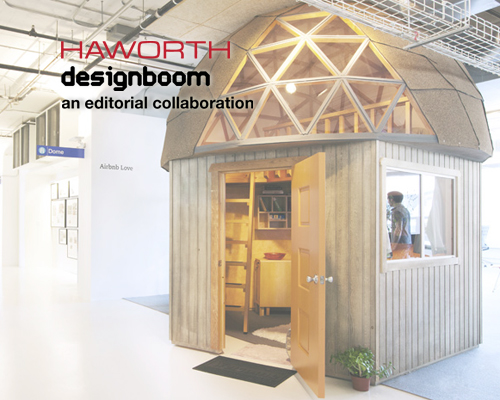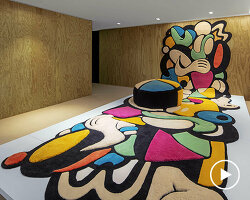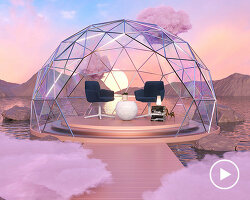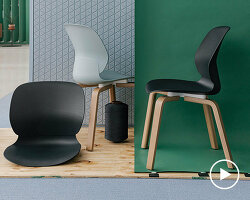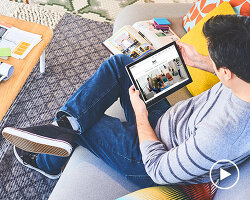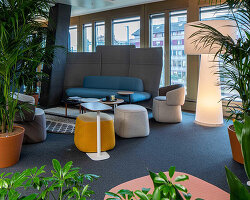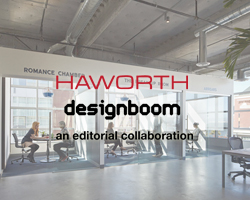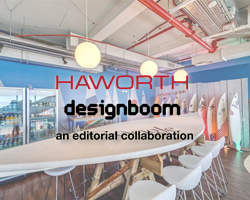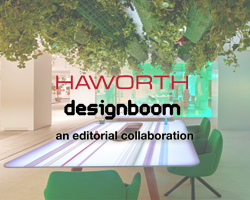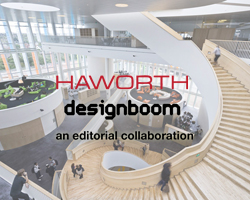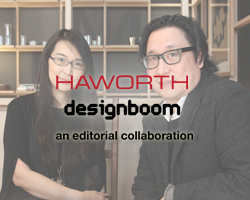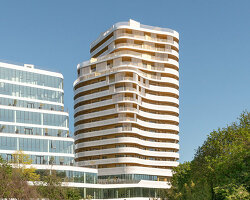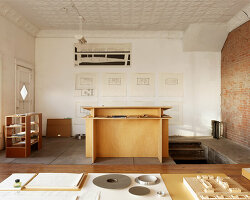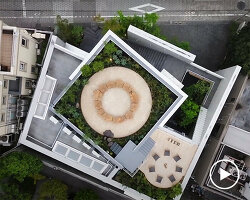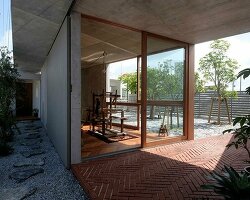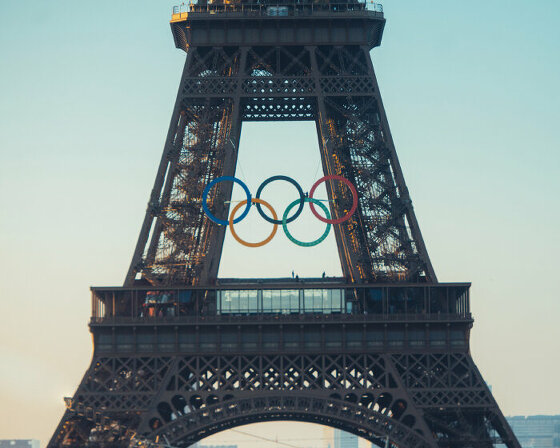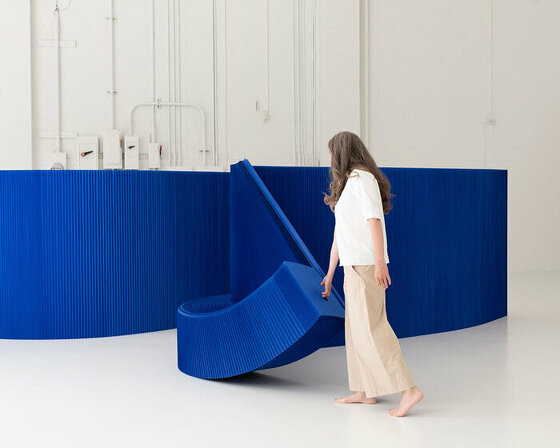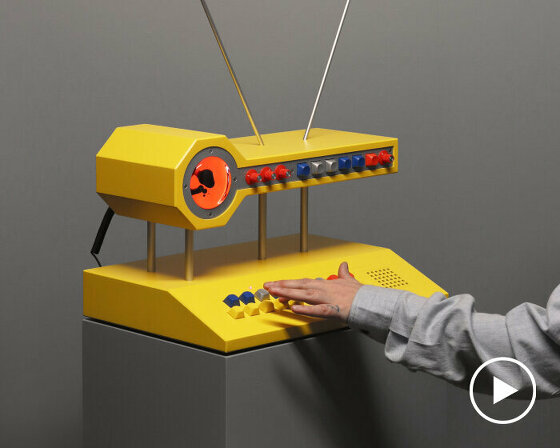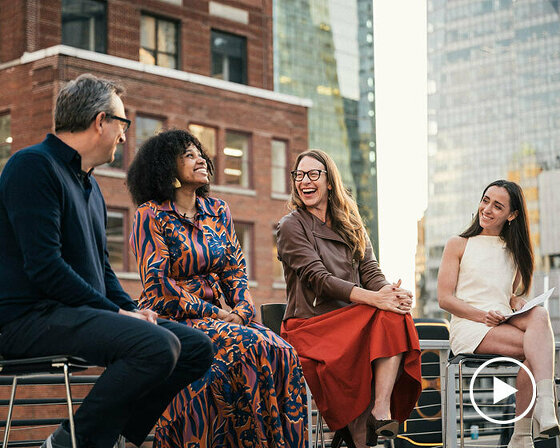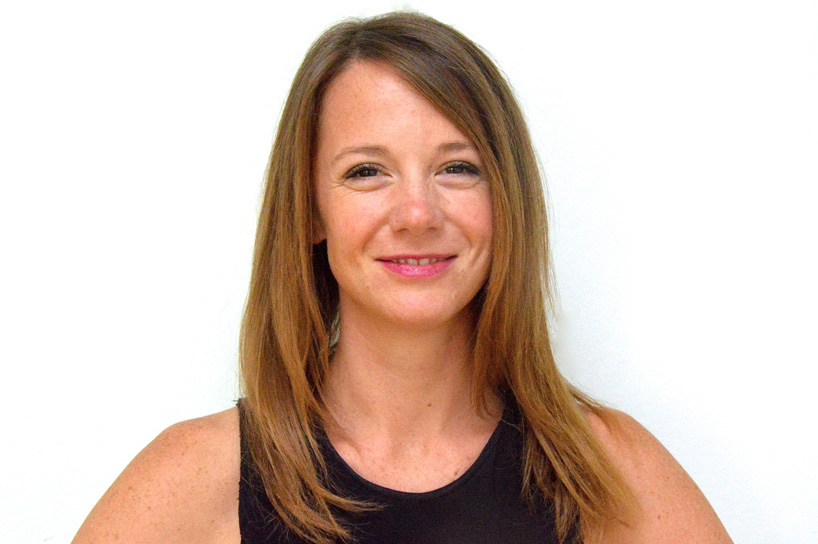
interview with kelly robinson, workplace designer for soundcloud + airbnb
designboom partners with leading office furniture company HAWORTH on an editorial series that investigates the future of the contemporary office environment and new ways of working. our alliance brings forth insights into the workplace and how it has evolved from something more static, into an active and modular condition.
in this thirteenth feature, we interview kelly robinson whose portfolio of tech office designs focuses on three key principles: health, wellness and meaningful interaction. her approach to developing spaces for such companies as airbnb, couchsurfing and soundcloud draws on ancient practices of feng shui and yoga, which she applies to her creative process in order to conceive an ideal balance of elements within any interior. we interview the workplace designer on why she thinks an open office plan far outweighs the drawbacks, and what she feels are key components to generating employee satisfaction.
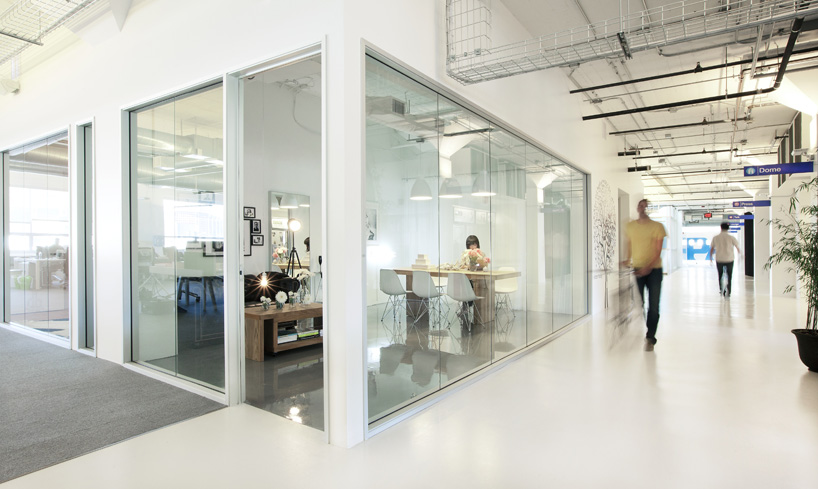
entry hallway at airbnb office in san francisco
interior design by IDF studio
designboom: what originally made you want to study design and architecture?
kelly robinson: I actually didn’t study architecture or design in the traditional sense, but what turned me on to the world of design was falling in love with international travel. traveling extensively made me passionate about seeing how people around the world design and utilize space in different ways.
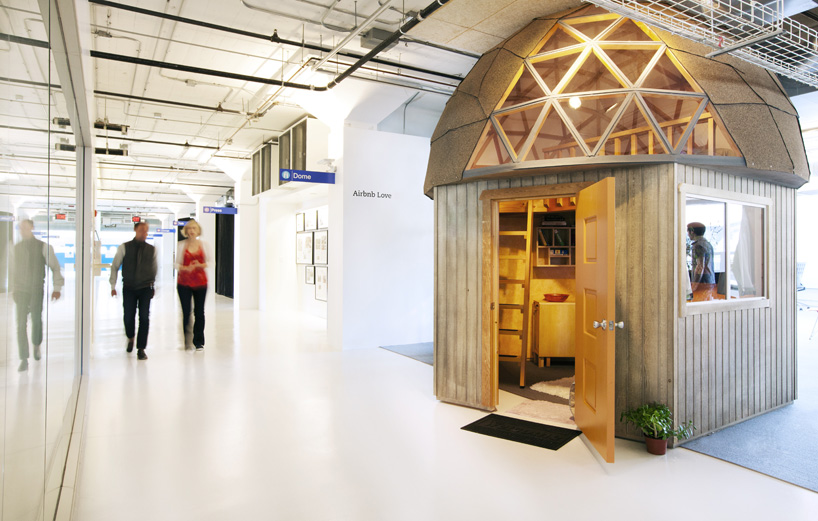
mushroom dome work pod at airbnb office
DB: what particular aspects of your background and upbringing have shaped your design principles and philosophies?
KR: this is a great question. I was raised in a chicago home with a big family where hospitality was always a strong value. my mother always taught us to treat our guests extra special, and as a child I was drawn to serving people and making them feel welcome. my professional background is also in hospitality, and it was by learning how to provide a really high level of service (while working onboard yachts in my early twenties) that I started to understand how
much a well-designed space enhances how people feel, relate, and communicate. I believe good design can actually encourage people to be kinder and more compassionate towards one another.
I also have a strong background in spiritual practices of all kinds, particularly yoga. the yogic philosophies have definitely made their way into my design style because I really believe we’re all equal and there’s a certain oneness to our human existence. so I like to create environments where everyone feels equally welcome and has access to the same quality of space no matter what their ‘hierarchical’ status is.
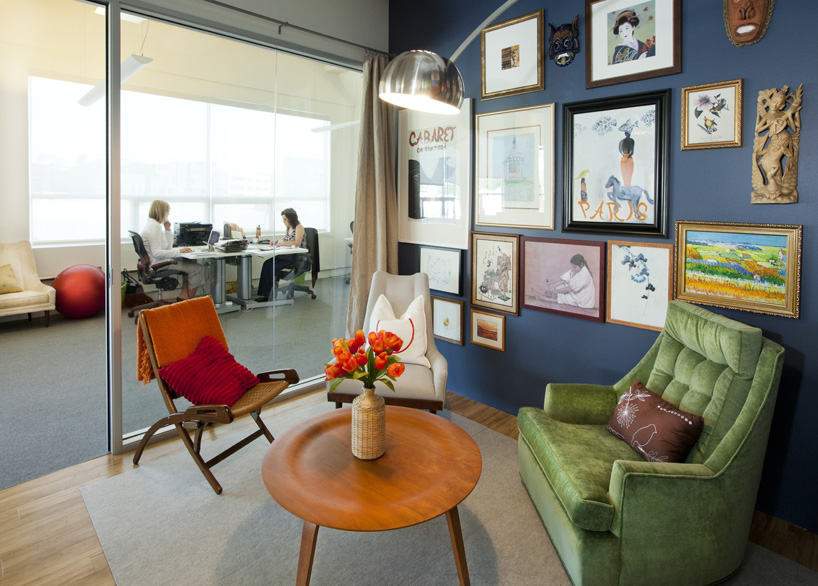
private lounge-space at airbnb where individuals can work or discuss projects in a relaxed environment
interior design by IDF studio
DB: you have conceived offices for a number of global start ups, including airbnb, couchsurfing and soundcloud. each of these companies’ business success is deeply reliant on social engagement, interaction and feedback of their users much of which happens online. how much does technology play a factor in your creative development of a workplace environment?
KR: to be honest I feel like at the essence of all technological connection is human connection! I am a much bigger fan of deep human connection over connection via technology. I believe in creating a space that people want to come to because it is a place where real, deep, true and authentic human connection can take place.
that being said of course technology is an amazing advancement and it can definitely support connection. but in many ways I think tech can get in the way of the deep human connection that makes life so special. and sometimes I think when it comes to technology we tend to innovate just for the sake of innovating, rather than innovating to impact the world in a positive way. I like to incorporate spaces within my design where technology is not needed at all. places to switch off, meditate, and even sleep. I also pay particularly close care when creating spaces around food. eating together is such an ancient and fundamental part of life, so when cafe spaces are designed well, people are more present with one another and cling their devices less.
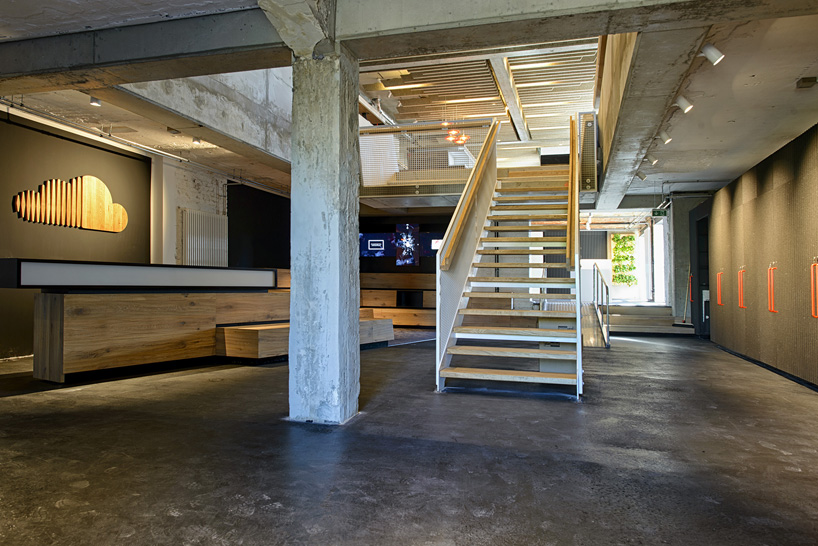
main entrance stairway at soundcloud’s headquarters in berlin
see more about this project on designboom here
DB: how have you found that furniture, and its ergonomics, has changed over the past years as a result of technological advancements?
KR: obviously there has been this huge shift from sitting to standing. I do think that helps in many cases but what helps infinitely more is adjusting our workstyle toward getting people to move. I think furniture and ergonomics is kind of secondary to a bigger problem which is that our bodies are not designed to be sedentary for such long periods of time. good furniture does make being sedentary less damaging to the body though, and one new product that I’m interested in is topo from an LA based company called ergo driven, which focuses on bringing natural movement into standing work by creating a dynamic surface to stand on.
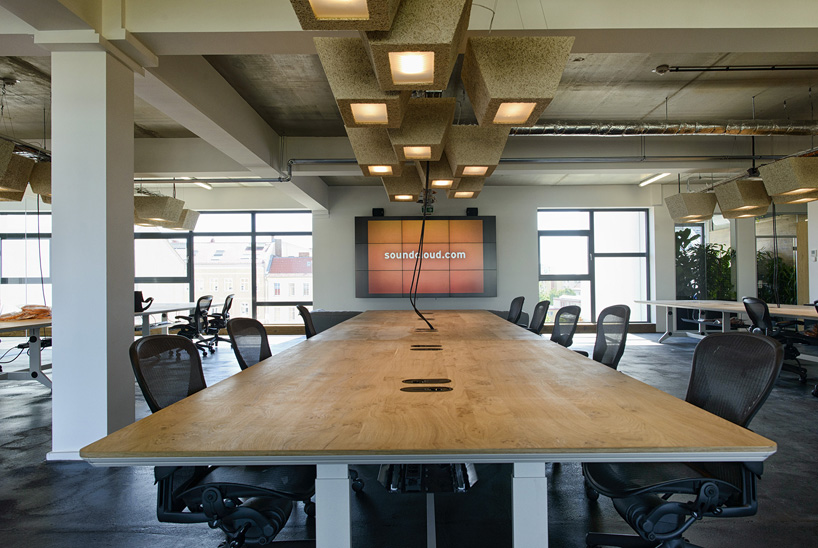
the open-concept workspace at soundcloud’s headquarters
DB: as a designer, how have you responded to the evolution of the open office space in your schemes?
KR: I definitely believe that the benefits to open office plan spaces far outweigh the drawbacks, particularly for my client base which is usually quickly growing tech companies. the most important response to this evolution that I have learned and will continue to implement is that sound acoustics are everything in an open office. we measured decibel levels and created the acoustical environment that aligned with the workstyle we wanted to encourage. this also means really considering how people will travel throughout a space and the noise that comes along with movement I’m always careful not to sit people in the midst of high traffic areas, because it results in feeling distracted or unsettled.
successful open plan offices can also be addressed from a cultural/ behavioral perspective. at soundcloud, we created a specific place to hold extroverted interaction. we intentionally only designed one cafe throughout the whole three floor office, so a place for music, social and spontaneous interaction, and a more lively vibe always exists. creating this allowed all of the work zones (in open plan) to naturally be a bit more quiet, because anyone who craved a more extroverted atmosphere had an intentional place to go to.
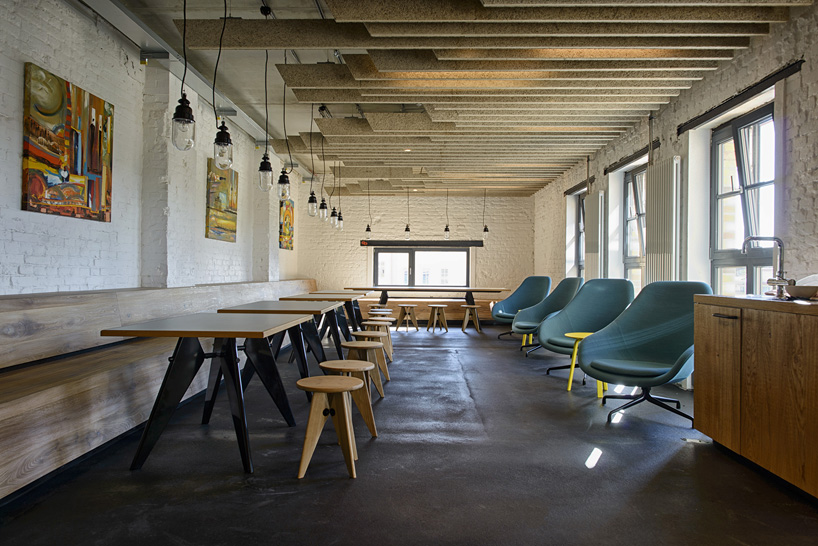
soundcloud’s communal work area
DB: what are the biggest challenges in designing a workspace in order that all supporting activities are accommodated? and what approaches do you take to make sure that both individual and group activities can be carried out within the same space?
KR: I think the hardest part is determining which activities should be accommodated. how do we prioritize and where is the boundary? my way of processing this is to survey and ask the group of people who I’m designing for. the outcome might be a very small percentage of people that are incredibly passionate about a certain activity, and a much higher percentage that are passionate about another. the reality is you have to say ‘no’ sometimes. you can’t accommodate everything. I tend to be pretty democratic about this kind of thing, and I try to accommodate activities that a majority of people will benefit from on a daily basis.
when it comes to individuals I think the most important thing is that I deeply understand that as much as we’re all the same, humans are fundamentally unique and different from one another. there are people who tend to be more introverted and others who are very extroverted. I myself am more birdlike, I
like to float around and change my scenery often when working. but some are more bear-like and prefer quiet, cave-like environments for optimal productivity. creating spaces where all spectrums of these characteristics can feel totally at home within the same place is really important.
with regards to group activities I believe it is really important to create spaces where a variety of different activities can occur. at soundcloud, a ping pong table was highly desired, but I knew that the space needed to serve a purpose beyond just ping pong; so it became the playroom which held space for yoga classes, unconference style workshops, and children’s parties. spaces with flexible furniture and lots of different ways to sit and ways to interact are key. in the ‘heart’ or large communal area that I’m designing for headspace in LA, you can have an solid seated ergonomic set-up. you can stand at high table, sit on the floor in a more lounge-like setting, or you can position yourself high-up and perch yourself overlooking the whole scene. the more flexible and dynamic a space is the more it can accommodate lots of different activities and purposes.
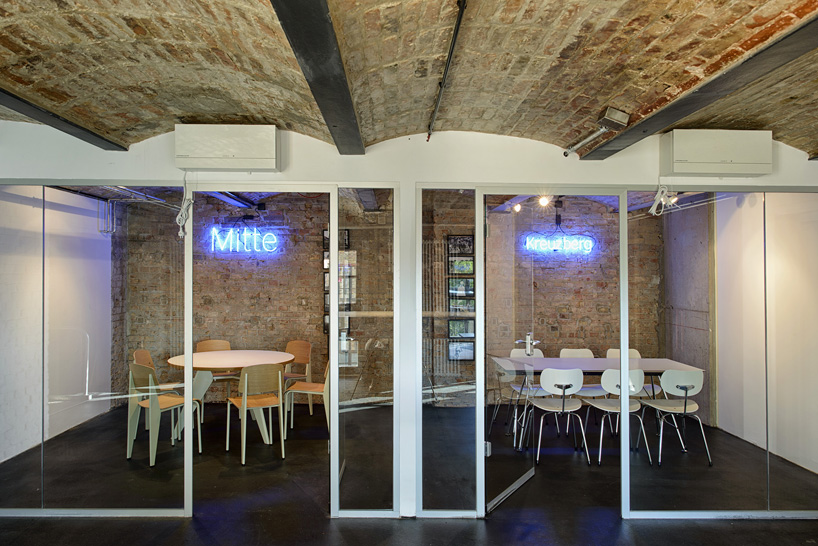
smaller workrooms for group projects
DB: what do you think are key components in generating employee satisfaction within the office?
KR: this is another great question. I have two answers; one from more of a design perspective and the other more philosophical. the first is about freedom. the more free people can feel in the office – the better. how freely can people access the space? do they have to check in or can they just flow right in, as if at home? how easily can they bring guest and family members? ideally people able to freely move and work throughout the space without getting stuck at any obstacles. when they want to eat they can flow freely to eat something. when they need to sleep, there’s a place for that. when they want to get focused work done, there is a place where they can put their head down and concentrate. cleaning up and recycling is easy and doesn’t feel like a hassle. the freedom is key and the design can enhance this greatly.
the other key component is probably the most important of all and actually has very little to do with design. this is really about how that space is managed. who is running the space? what is the energy and the attitude like of the people who are managing that space? are they service oriented? are they kind? how is the quality of human interaction within a space, between coworkers, managers, guests? this eventually seeps through the entire organization so if the office management team sucks, the vibe will suck no matter how good the design. when you have service oriented staff every touch point becomes a positive interaction and that will spread positivity throughout the organization. you will create an environment where everyone wants to help each other and that’s the kind of environment where people really want to work! that is a place where people will be really satisfied.
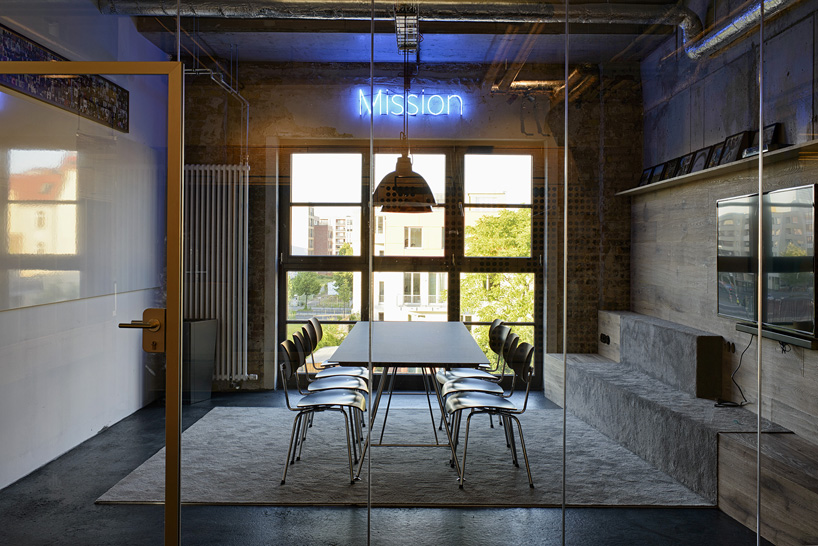
private meeting room at soundcloud
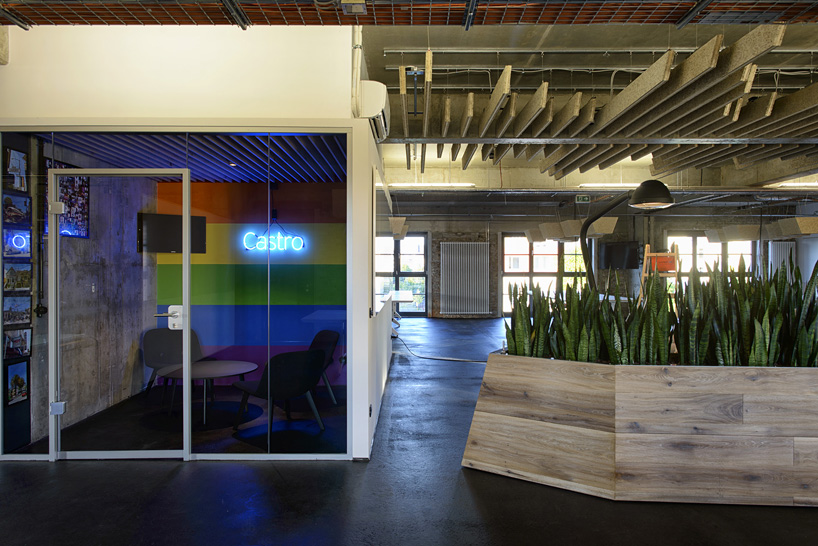
at soundcloud robinson has integrate a wide variety of spaces where different activities can occur
DB: what is the most common client request you have received when designing a work environment?
KR: ultimately, even though they ask in different ways, what they are all fundamentally saying is: ‘please, create a home that feels like us. create a home that feels core to the culture of who we are.’ this means designing something core to the product they’re working on, core to the group of people that they already are, and core to the team that they’re going to become as they evolve.
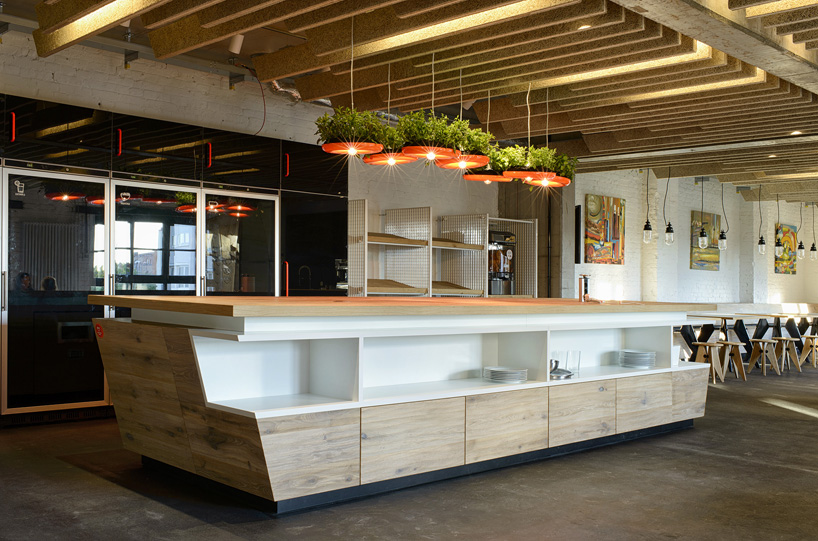
kitchen / cafe area at soundcloud offices
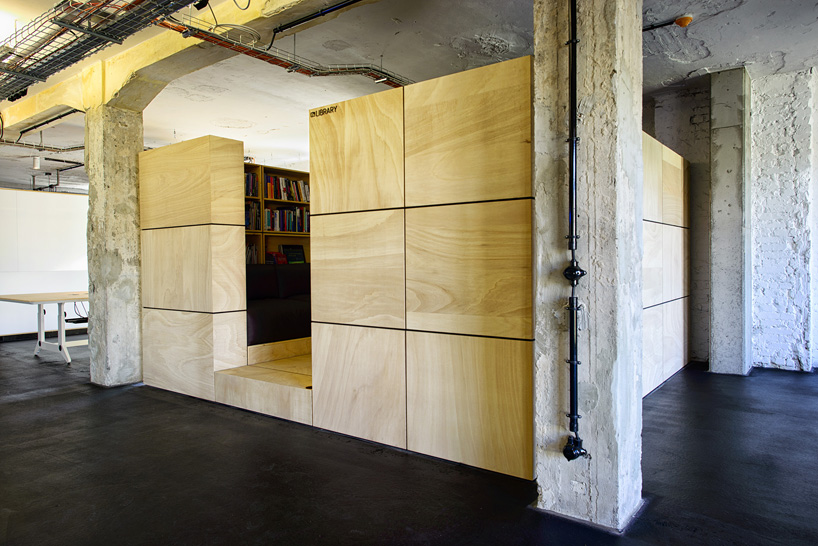
private hubs are scattered around the soundcloud office
DB: could you outline your day to day work habits, and how your own workspace is designed to ensure productivity?
KR: if I’m really honest the most important day to day work habit I have cultivated is stepping on my yoga mat in the morning. it is committing to some kind of practice involving my mind and my body to step away from work as I start my day. this really helps me zoom out, keep a wide perspective, and remember the big picture of how amazing it is to be alive and to have the opportunity to serve.
getting into the work, I always prefer face-to-face meetings as much as possible over working via email and on calls. I’m also really big on being physically on site. I like to be present in the spaces that are being designed so that I can get to know the spaces inside and out very intimately. I’m a very tactile designer. I really like to be present while I’m working both with the people I’m working with and the spaces that I’m designing.
how my own workspace is designed? this is an interesting question for me since I’m rarely working in the same place. I really like feeling freedom in my work environment. sometimes I work in a café, sometimes in a co-working space in berlin, sometimes I’ll sit in the client’s office to observe what people are doing there. for me the most important part is that I’m constantly moving around the day, that I don’t ever spend hours and hours in the same situation because I need to move and change and get inspiration. there are certain environment that help you do certain work and I’m doing different kinds of work all the time.
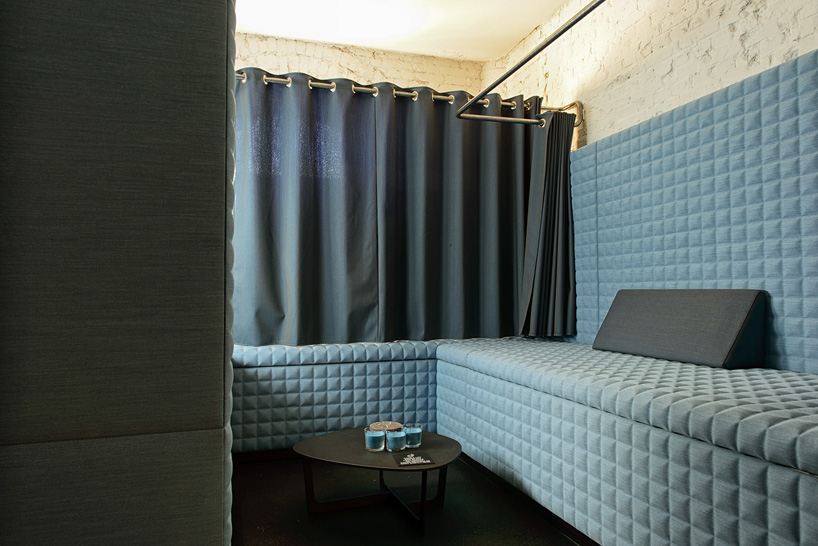
lounge area at soundcloud
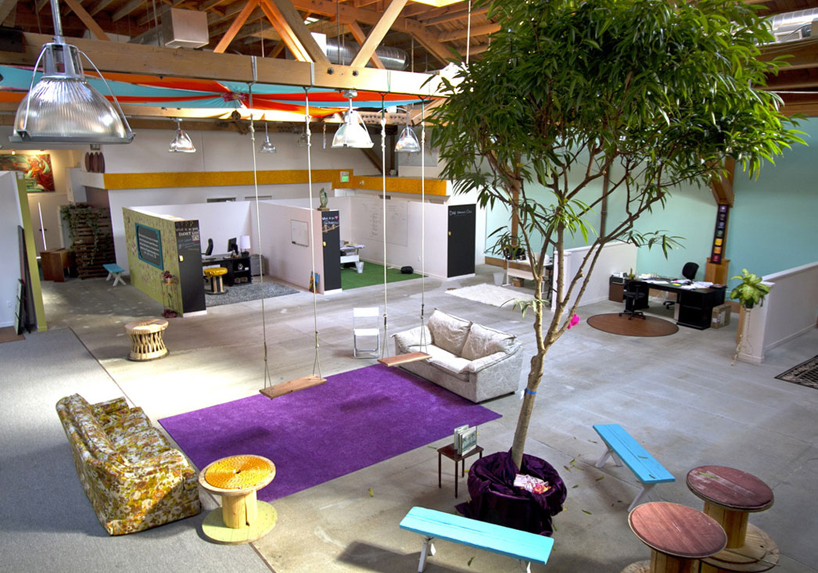
couchsurfing headquarters
DB: in your opinion, what is the future of the workplace?
KR: I’m a really optimistic person and I believe the world is getting better. there is an evolution of consciousness underway that is making people more aware of our need to be connected with one another and with the planet. from that mindset, I believe the future of work is less hierarchical, more transparent, more on board with social mission. there will be more unity and oneness within teams and across teams, and less huge gaps in salary. there will be more flexibility geographically it’s already happening but more and more, people are going to feel really free about how and when and where they want to work. dress codes are totally a thing of the past I’m shocked that so many companies still have them. I believe that workspaces are going to become more focused around hospitality whether it’s for guests coming in or employees who are there every day. and I believe new leaders are going to rise not because of how much time they’ve been working but because they are inspiring and empowering. I believe the future of work in terms of leadership is really about finding leaders who are able to hold space for other people to do brilliant work. I envision a non-judgemental, fearless, free, and socially responsible future of work.
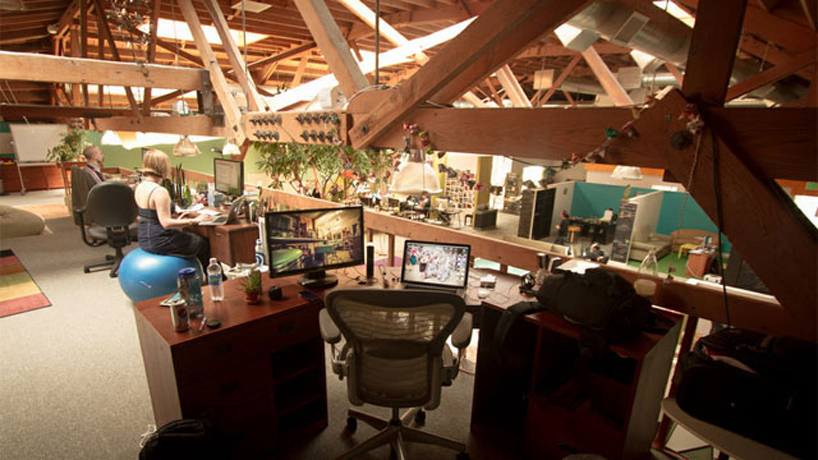
mezzanine area at the couchsurfing headquarters
Save
HAWORTH (22)
HAWORTH x designboom (17)
where people work (870)
PRODUCT LIBRARY
a diverse digital database that acts as a valuable guide in gaining insight and information about a product directly from the manufacturer, and serves as a rich reference point in developing a project or scheme.
